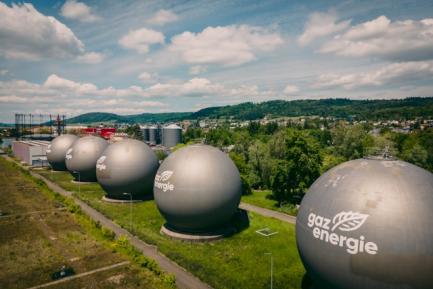OPEC’s dilemma and an end to the contango structure in the crude oil market
One of the reasons why oil prices have remained relatively low is the sharp increase in the production capacity of unconventional oil producers and particularly shale oil in the US. This is positive on the whole but OPEC countries are losing market share and, above all, their financial situation is deteriorating, as they tend to depend heavily on oil revenues. The OPEC countries have been quick to respond but the strategy chosen to tackle the rise in shale is more complex than at first glance.
On the one hand, OPEC countries are trying to increase revenue from oil to improve their fiscal situation. One way they are doing this is by attempting to push up the price. However, a higher price per barrel helps those oil producers with larger production costs, such as shale producers, allowing them to increase their production.
In order for OPEC’s strategy to help the OPEC countries as much as possible, the expected future price of oil, or forward price, is as important as the current price. This is because the various oil-producing countries have different business models. The OPEC countries and their allies enjoy very low production costs, the average life of their oil wells is relatively long and their production capacity is quite flexible. On the other hand, unconventional oil producers, and particular shale producers, have to constantly invest to maintain their level of production since the average life of their wells is relatively short. Decisions to invest are therefore closely related to the expected price in the short and medium term, as well as to financing costs. For instance, when the oil price is likely to rise, their financing costs fall and their investment capacity increases. Ultimately, these producers can hedge the sale price of the oil they produce on the futures market.
Over the past few years, the price of oil has been in contango; its spot or cash price has been lower than its forward price, benefitting shale producers. This is partly due to surplus reserves pushing down the spot price. That is why, last November, OPEC announced it was cutting its production, an agreement which, last May, was prolonged until March 2018.
The measures taken by the OPEC countries seem to be having some effect (see the first chart). In any case, although there has been a sharp decline in stocks from the peak levels, this is partly due to seasonal effects and the absolute level is still far from the historical average of 325 million barrels, a figure used as a benchmark to gauge when the market is at equilibrium. It should also be noted that, after the measures taken by OPEC, the futures market now has a price structure that is more favourable for the cartel’s interests (see the second chart).
Once stock levels get back to normal, OPEC may return to higher production levels provided this is carried out gradually and, above all, without producing another glut.




